The Article
Zen DAC & Headphone Amplifier From iFi
9th July 2020
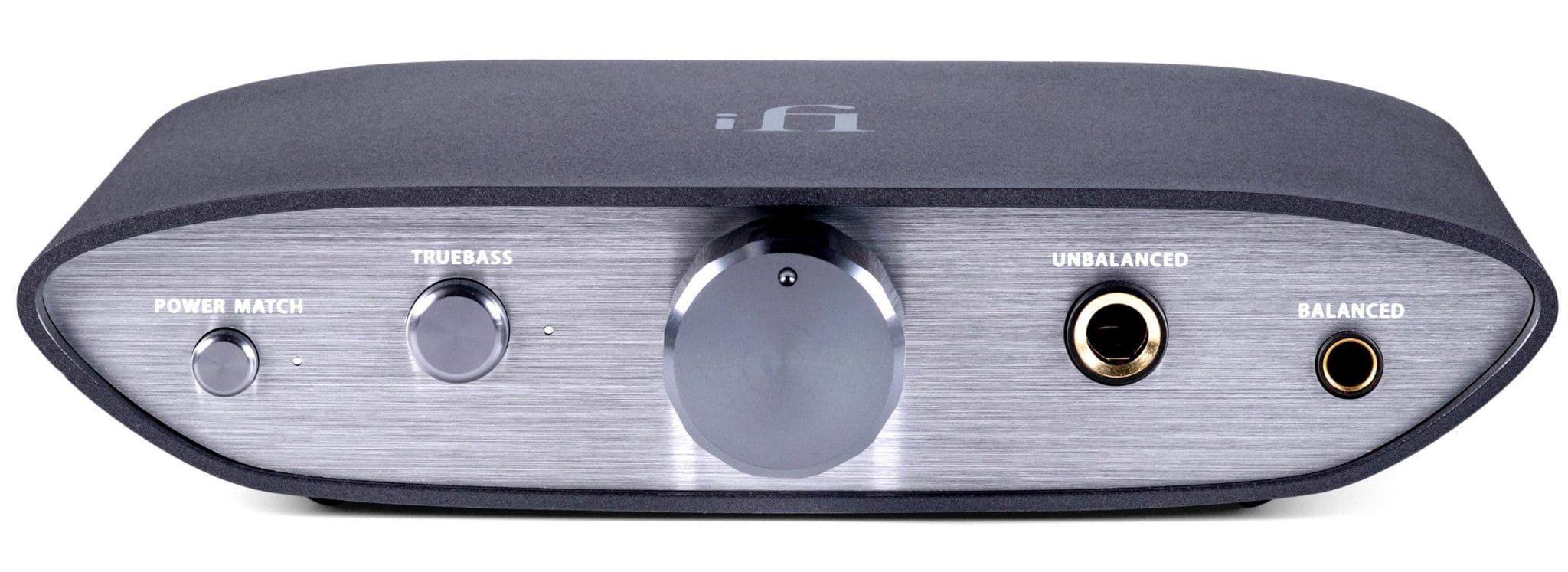
At a small form factor and an equally small price, Paul Rigby reviews this dinky DAC/Headphone amp combo
This DAC accompanies the Zen Blue DAC unit I reviewed recently to form the first in a series of Zen devices. Low cost and small in stature, there’s others on the way too: expect to see an analogue headphone amp and a phono stage. Both are scheduled to be launched this summer.
The Zen DAC, a desktop USB DAC/headphone amp, can be powered by USB or mains. A power supply is included as standard with the ZEN Blue (which has no USB input) but not with the ZEN DAC, enabling iFi to keep the base price at £129.
iFi does make two additional power supplies that have been created to lower noise when compared to standard switch-mode ‘wall warts’ – the iPower and new, higher-spec iPower X. I tried the former in this review, priced at an extra £49, to see how that performed.
The DAC itself is based around a Burr-Brown DAC chip plus custom circuitry, that handles PCM, native DSD and MQA. The hardware handles up to 32bit/384kHz, alongside DSD from 2.8MHz to 12.4MHz (DSD64, 128 and 256).
An included XMOS chip processes audio data received at the USB input and is programmed in-house. Rather than relying on firmware supplied off-the-shelf, iFi’s continuous software development allows features to be added or optimised via firmware updates,
Actually, the ZEN DAC can be tailored to your playback priorities. You can even download and install different versions of iFi firmware to experiment with different digital filters.
Clock-locking is used throughout the digital stage to reduce jitter and parts include a custom iFi op-amp, TDK C0G class 1 ceramic capacitors and a low-noise power supply IC from Texas Instruments.
The headphone amp stage has switchable gain, called PowerMatch. You switch that to a low setting for in-ear monitors while on/over-ear designs will need PowerMatch to provide a higher gain. There’s also a bass boost option called TrueBass.
Pentaconn 4.4mm balanced outputs are fitted, both front and back. The front-mounted 4.4mm output sits alongside a standard, single-ended 6.3mm headphone socket. The 4.4mm output to the rear enables connection to amps and active speakers equipped with a balanced input – either a Pentaconn 4.4mm input or XLR inputs via a 4.4mm-to-XLR cable. Single-ended RCA outputs are also provided. They can be switched between ‘variable’ and ‘fixed’. The variable setting applies volume control to the audio signal, enabling the ZEN DAC to perform as a preamp feeding a power amp or powered speakers. The fixed option bypasses the volume control, fixing the output at 4.2V (balanced) or 2.1V (single-ended) for connection to an external preamp or integrated amp.
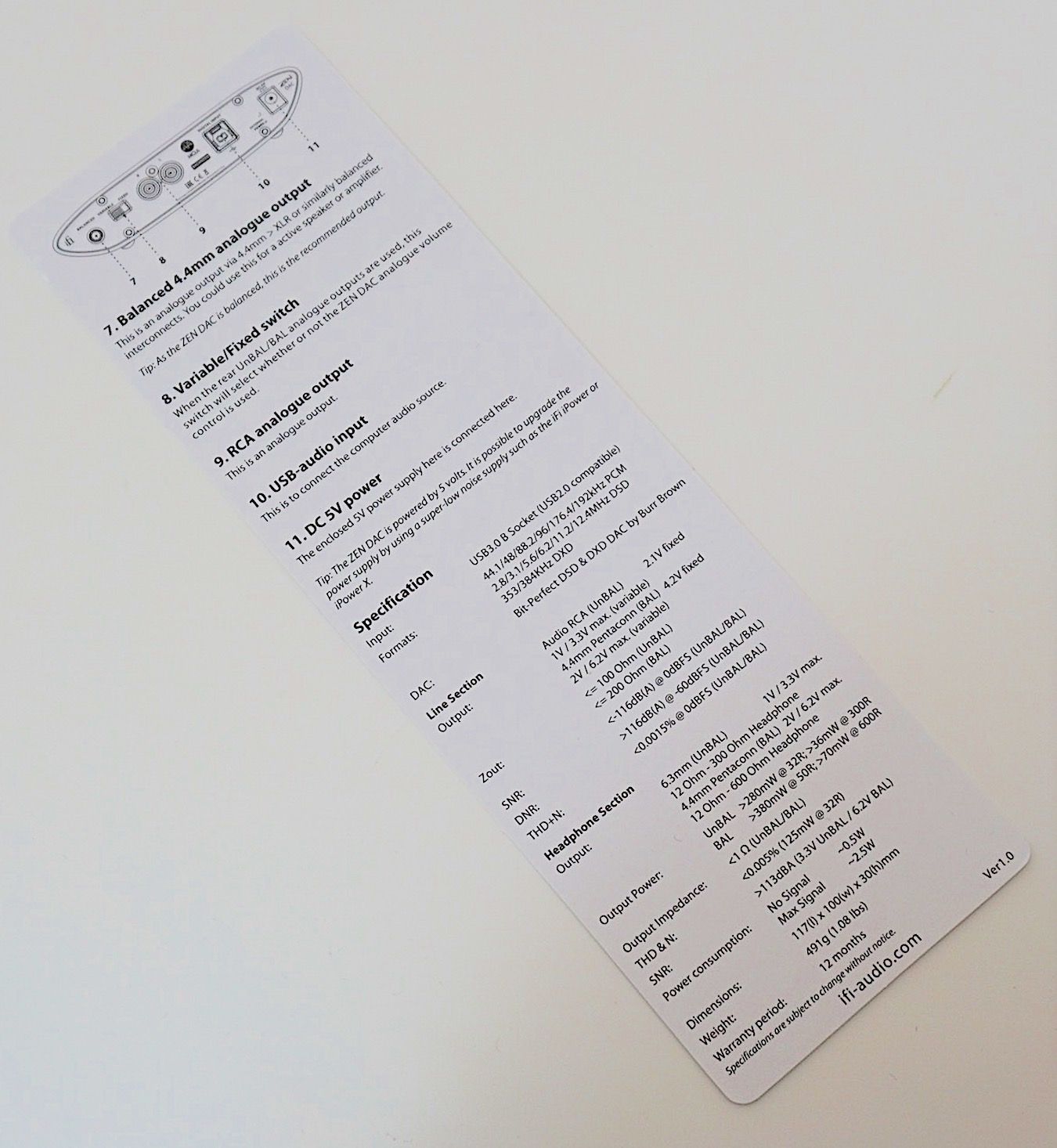
The ZEN DAC’s USB Type B input supports the USB 3.0 standard as well as USB 2.0. It is asynchronous, meaning that the data rate is regulated solely by the ZEN DAC’s audio clock circuitry. Behind the volume control resides an LED that changes colour to indicate the sampling rate of the audio data received.
I can’t get past the fact that, to me, looking heard on, the chassis of the iFi Zen DAC looks like an art deco console table. It just needs the four tall, spindly legs.
You’d have trouble keeping a vase of flowers on it, though, because this unit only spans a dinky 117 x 100 x 30mm and weighs a mere 491g.
SOUND QUALITY
I began with a bright, hard-edged CD rip from The Sugababes called Blue. High energy and bass-heavy soul pop, any DAC tackling this lot has to get its backside into gear pretty pronto. Translating this sonic mess into something rather more civilised is a job.
I played the file through my MacBook, via Audirvana Plus and used the HD800 headphones through the 6.35mm socket for this test.
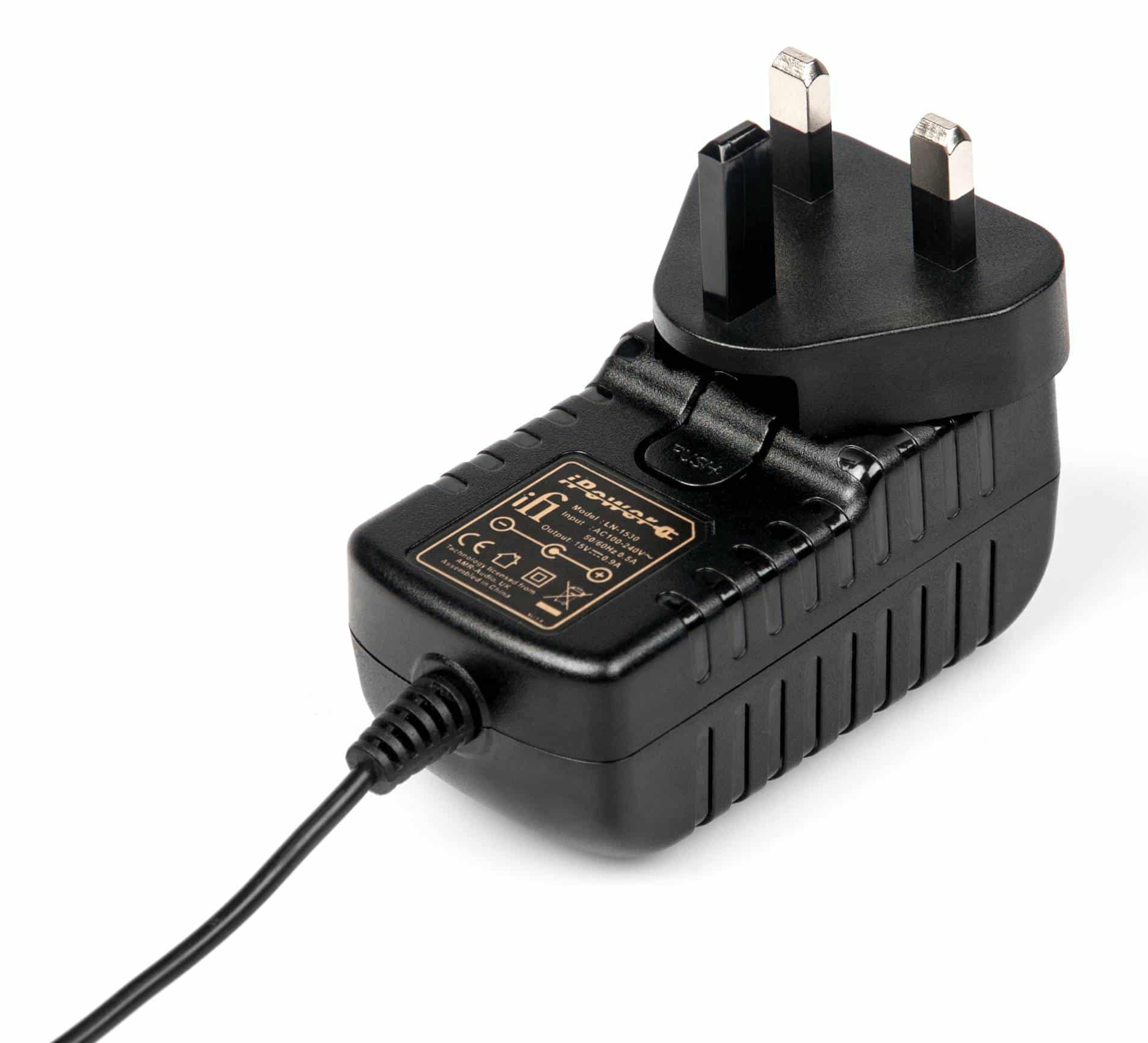
And that sound response? Blimey, there was serious bass here. Almost too much. The presentation was focused and precise yes but the bass was super dominant, front and centre. The vocals tended to peep around the sides of the bass. A bit like seeing someone’s head pop around the corner of the wall, you see more wall than human being.
Vocals were distinct, though. There was enough clarity for the diction to remain clear while the synth runs were recognisable and the shy acoustic guitar strums in the chorus were there although squashed against the walls of the soundstage.
Ever see the classic old Oscar-winning, Humphrey Bogart film Casablanca? Remember one of the baddies in that one, played by Sidney Greenstreet? Big, big guy. He walked into a room and he became the room, such was his physical bulk. Here, bass was Sidney Greenstreet.
And then I looked again at the front fascia…and literally saw the light.
Right next to the button called True Bass. Seems that was set to On as a default for my unit.
So, I turned it off. The relief! Bass after a course at Weight Watchers, then. Sidney Greenstreet transformed into Twiggy before my very ears. Bass was chagrined because it stepped back into line, became part of the mix and reduced its force to a more tonally balanced part of the soundstage.
If you want my views on iFi’s True Bass? See above then.
With this EQ turned off, bass retained its impact and strength, it didn’t lose its power. It formed a firm foundation for the entire song, created a rhythmic impetus for the music and acted as grammatical punctuation to the vocal performance.
With True Bass off, the air and space was better infused into the soundstage. This air meant that the strummed guitar provided a greater part of the chorus instrumentation, giving that part of the song sparkle and upper midrange life, contrasting with the lower frequencies.
The soundstage also allowed the secondary percussion to push forwards, adding complexity to the prevention as a whole.
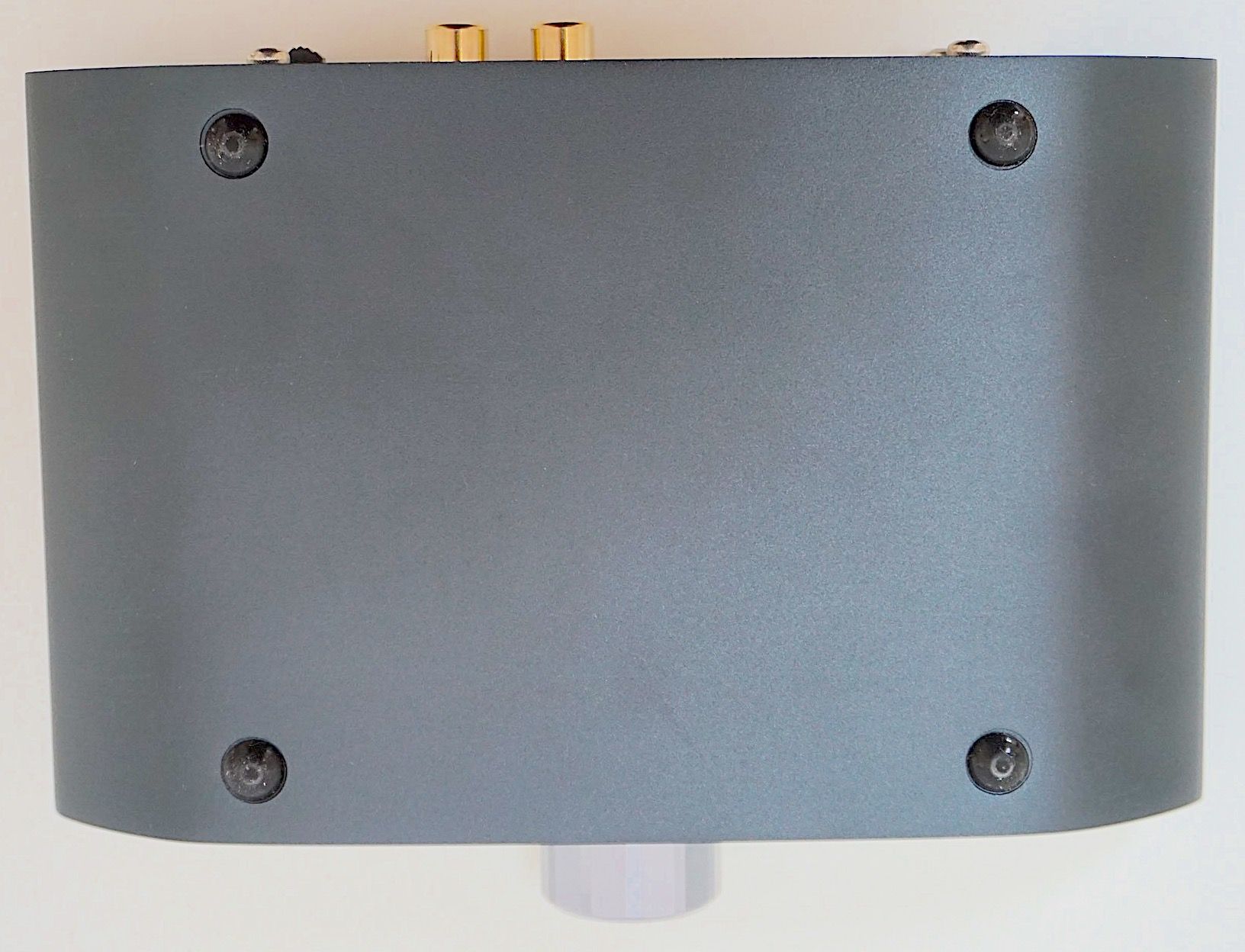
Playing my HD660 S headphones via the Pentaconn connection did what balanced connections often did, raised the volume for the same gain so down went that gain. Bass was fattened here, strengthened and pushed towards the ear a tad, adding to the overall tonal balance. That push didn’t swamp any of the midrange detail, though. Instead, the bass enhancement under-pinned the midrange, giving it confidence and strength.
This output also pushed the soundstage left and right, providing more space for the midrange detail to work within.
Swopping the HD660 S cable to basic single-ended 6.35, the bass retreated, noise increased just a tad, very slightly but enough to prevent you upping the gain to search for those elusive upper midrange details.
I returned to the balanced Pentaconn and added an the external iPower switch-mode power supply to the Zen. Hence, instead of drawing power from my laptop, I was drawing power from the mains. I plugged the Zen it into the mains to see if that affected noise too.
It did.
Let me preface this bit by saying that I noticed an improvement in sonics with a bog standard power supply. So even that will help. If you want to raise the bar still further, though? With the iPower in place the tonal balance improved by a magnitude, actually. In what way? Lowering the noise floor allowed more midrange detail to be tracked by the ear. My favourite, shy, guitar strums now manifested itself to a fully formed acoustic guitar performance instead of strummed inserts. The guitar had a great overall presence now. Vocals now offered a softer presentation, infused with emotion and slightly more fragility and finesse. More of the lyrics could be understood too.
Bass was also less aggressive. The was even an organic flavour to the drum machines, which was unexpected.
This detail enhancement was more noticeable in the jazz outing from Sonny Rollins. St Thomas, played at 24bit/96kHz provided enough space around the soundstage for the complex percussion sequences to be heard in toto while the upright bass acted as a firm foundation to the track overall. Rollins expansive sax work also didn’t swamp the playful yet restrained piano. It was easy for the piano to be tracked throughout by the ear. Bass never bloomed and masked this area.
Eric Bibb’s Meet me at the Building at DSD128 was calm, collected, easy paced, accurate and offered enough focus to prevent the paced and complex soundstage. This song offers a veritable crowd scene of voices and instruments, all analogue in nature. Yet the Zen provided a calm rendering of the soundstage. You could let the whole experience wash over you or, if you wished, pick out every detail within. The DSD experience was smooth, the music flowed very easily indeed.
I finished the test by connecting the Zen to my power Kanto YU4 stand-mounted speakers and put the Zen into Variable mode, so the Zen could control the volume. I could, of course, have switched that to Fixed and allowed the YU4s to control the volume. The choice is yours. I found that allowing the Zen to control the volume was preferred. The Zen provided more immediate and finer volume changes.
As a pre-amp and DAC combined, the Zen proved to be a wholehearted winner. The relative low noise performance provided a clean and open overall presentation, no matter what genre of music you pushed through it. Bass was lively, nimble and punchy while the upper frequencies benefited from the low noise around the soundstage, enhancing the accuracy from guitars and honing vocal deliveries.
Actually, after a while, I forgot I was reviewing this part of the set up and just listened to the music. Which is always a good sign, methinks.
CONCLUSION
There is an awful lot of features packed into this small chassis, a lot of quality (all that balanced gubbins), the Pentacon socket (I know plenty of expensive DACs that don’t offer that), the useful pre-amp option and analogue gain control. And all at a low, low price. How, I have to ask, does iFi do it? I thought the new breed of Chinese hi-fi brands were the low cost specialists here but apparently not. They don’t reach the high finish quality that iFi provides either.
Of course, the glitz and glamor would be nothing without great sound and, let me assure you, the Zen offers great sound. This is a quality piece of kit but, hey, what more would you expect from iFi?
IFI ZEN DAC & HEADPHONE AMPLIFIER Price: £129 Tel: 01279 501111 Website: ifi-audio.com
TO BUY CLICK HERE:
USA – https://amzn.to/2TIVxEj
EUROPE – https://amzn.to/2TL3Nn5
GOOD: build and finish, overall sound quality, features, portability, price
BAD: nothing
OUT OF THE BOX RATING: 8
WITH UPGRADED POWER SUPPLY: 9
[Don’t forget to check out my new Patreon Page at www.patreon.com/audiophileman, for exclusive postings, giveaways and more!]
REFERENCE
Apple MacBook
Astell&Kern AK120 (Red Wine Modded) DAP
Sennheiser HD800 headphones
Tellurium Q & QED cabling

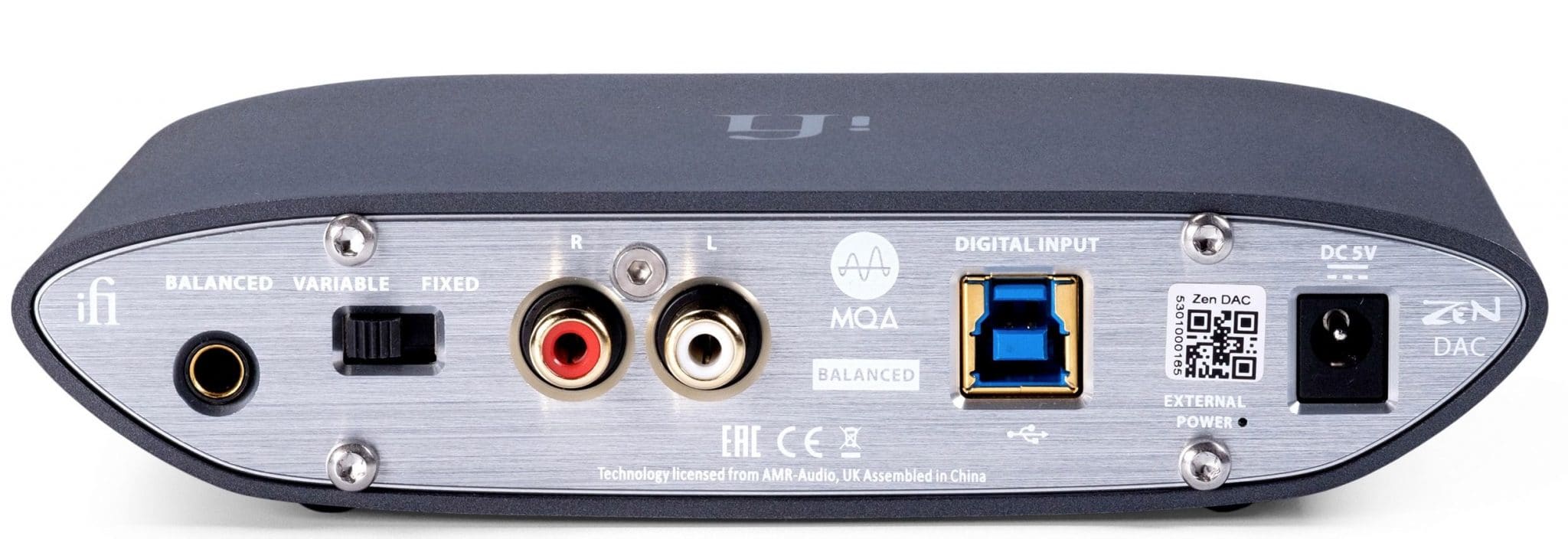

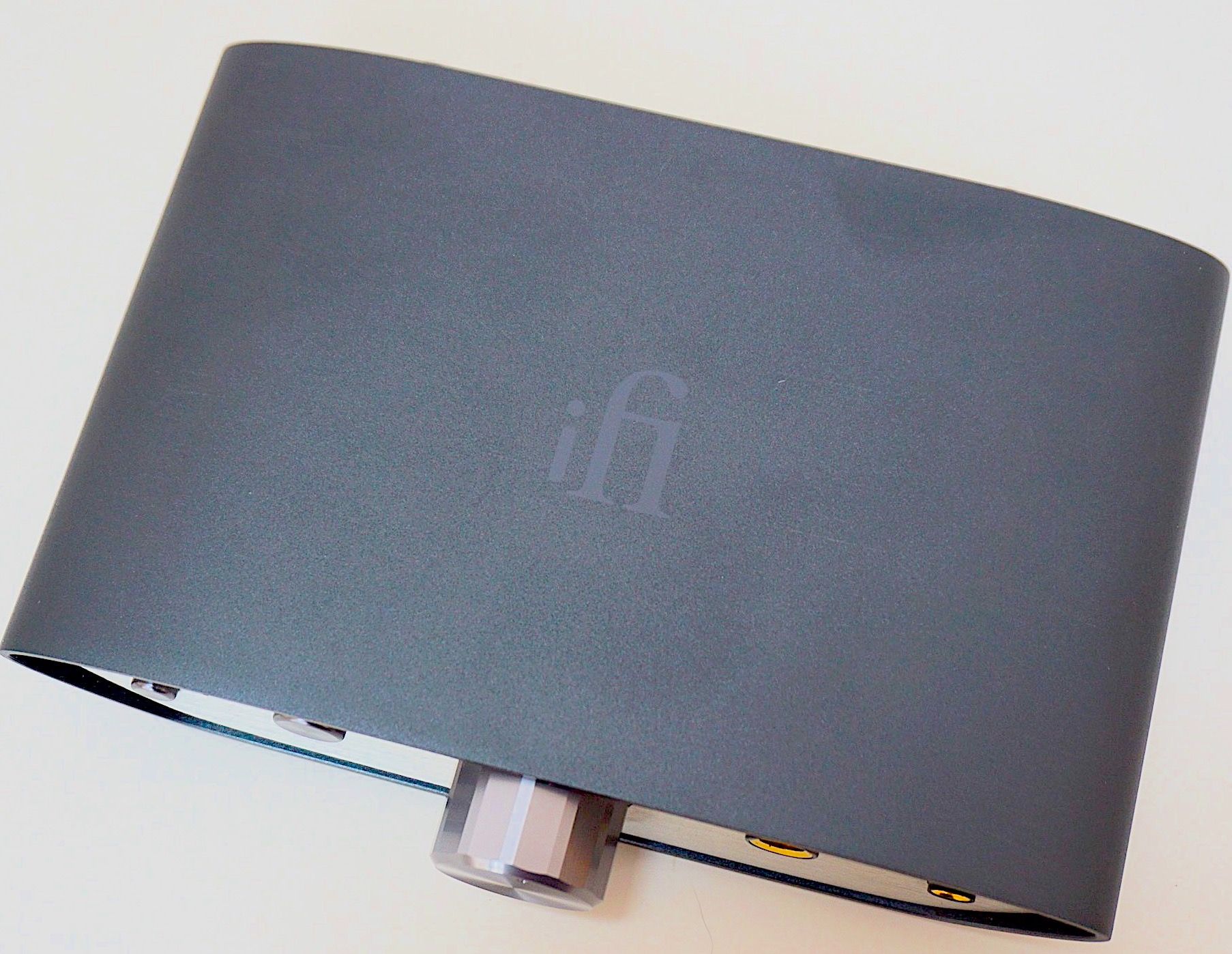



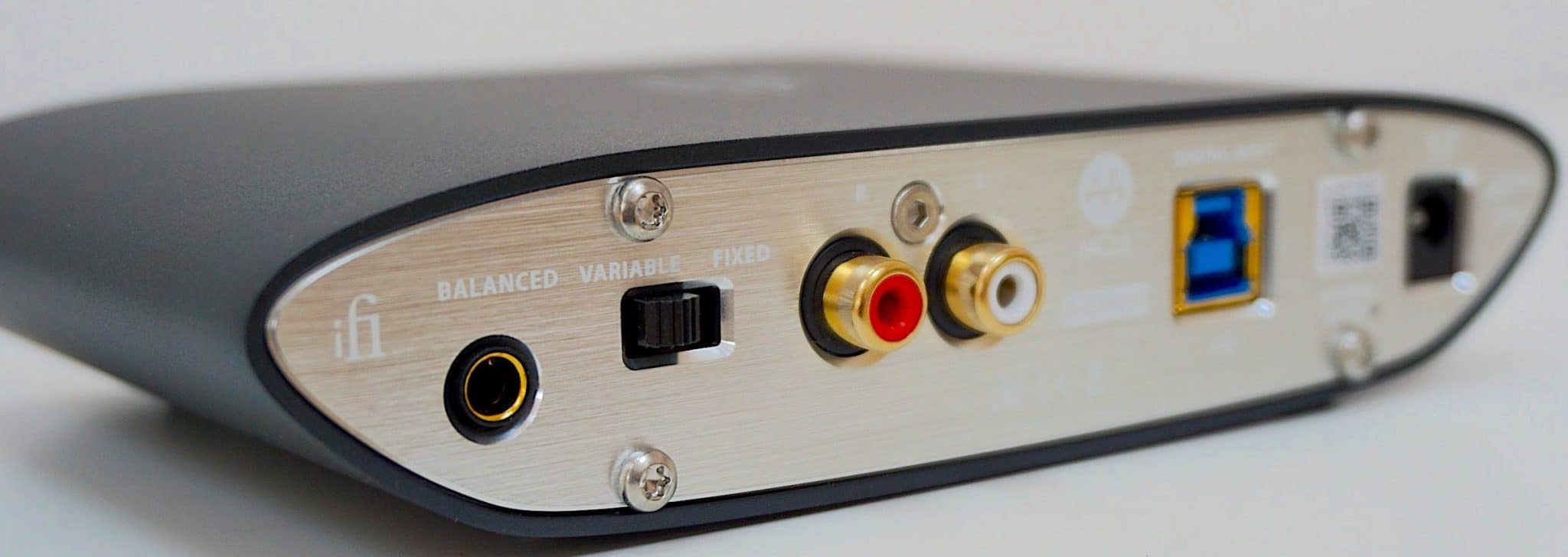



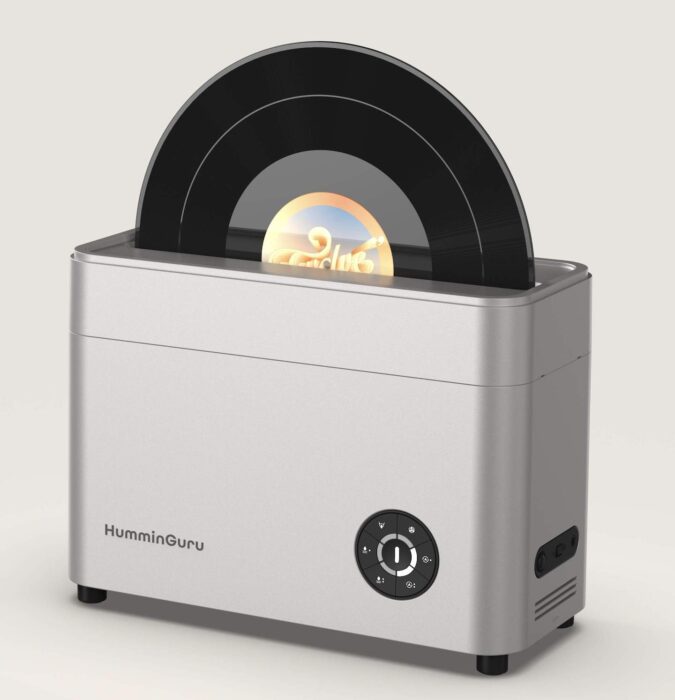
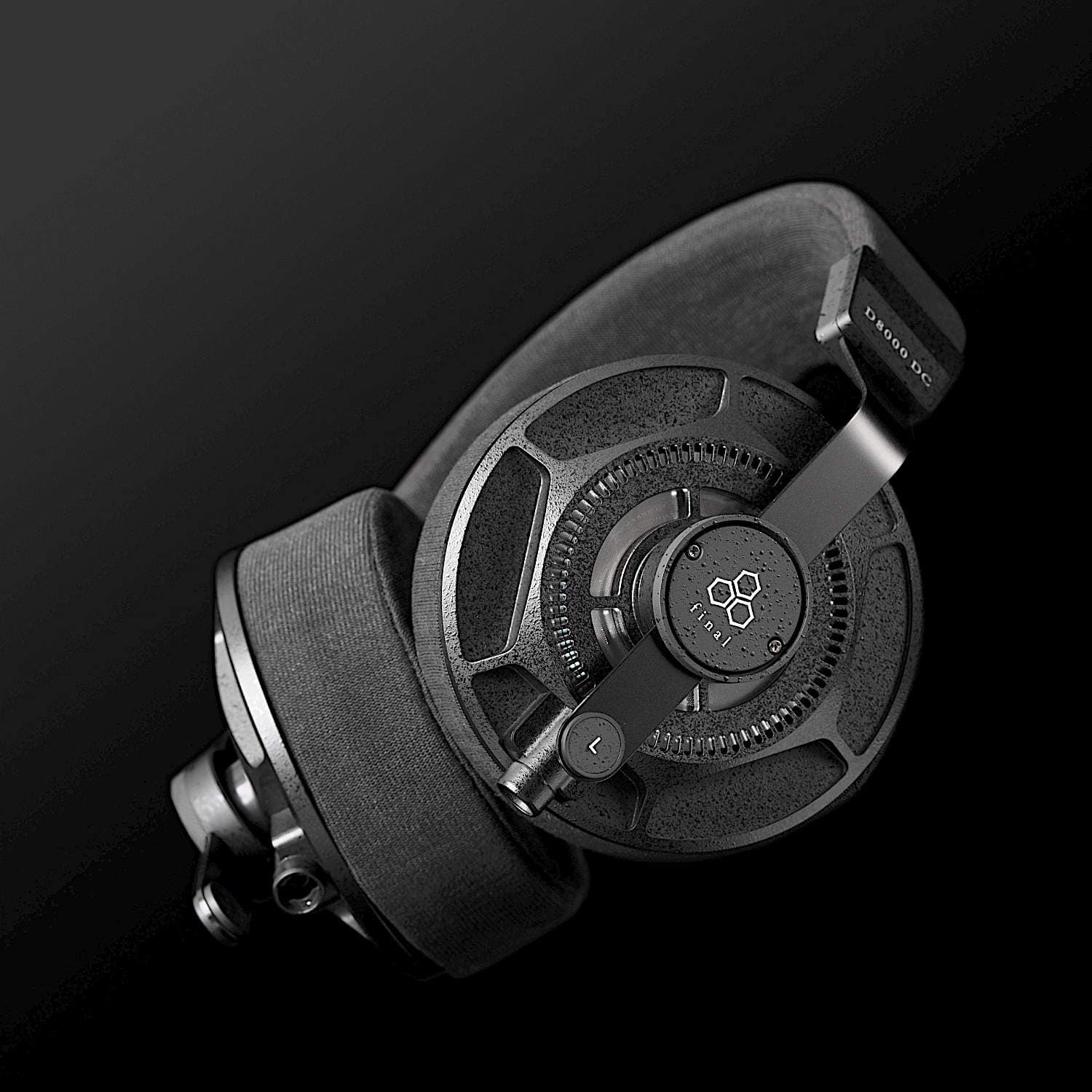
Dear Paul, I fully agree with your review. I have switched my current digital preamplifier for a ifi zen dac, that simultaneously plays the role of preamplifier for my stereo office system (Apple laptop linked to the ifi via USB and then a rotel 1506 [6 channels], 2 Revox Shelf 02 (front), 2 Revox magic cube (rear) and 1 Revox sub passive 01) and headphone amplifier for the evening work session. Now it approaches the clarity, breath and stage image of my main system, apart from some slight limitations is the extremest bass, due to the size of the room and the frequency response of the speakers. This little ifi zen dac has finally allowed me to reveal the quality of the other components of the system, that were completely hidden by my former digital preamplifier. Again, thank you for your review, the best and cheapest upgrade I ever did.
Kind regards,
Didier
Thanks Didier.
Hi Paul, I’ve read both this review and your review for the ifi blue Zen Bluetooth unit. I’m looking to upgrade my Bluetooth receiver to my hifi to make the most of streaming Amazon hd from my aptx hd smartphone.
In the bluetooth unit review you used your topping e30 as the DAC. Have you tried the Zen DAC hooked up to the Zen blue? If so, was there any noticeable sound difference? & If that is the case, would you recommend the zen DAC over the topping e30?? Are my ears good enough to know the difference?!!!
Hi Colin – I would recommend separating the Blue and Zen DAC instead of running them through each other. The E30 is great for coax/optical use but the Zen DAC is superior for USB use. But only because the Zen DAC doesn’t have a coax/optical built in. It depends on your proposed use.
Could you review Fx audio Sq5?
I’ll make a note, Hiep.
Did you try the Zen Dac into a separate amp with passive speakers? And did you prefer the Balanced output over the single ended? I know that you don’t automatically prefer the Balanced implementation like other reviewers, but listen to both carefully before stating your preference.
Thx for your carefully considered opinion
GeeVee
Please check out the reference hardware list at the bottom of the review for more info on that. I wasn’t able to connect the rear Pentaconn to test it I’m afraid.
I have this for a while before switching to a non DAC iFi Zen can,attacked to a streamer. In both case the upgraded iFi power supply makes a big difference. I have the iFi iPowerX(£99) though, and it is even better that their lower priced ipower(£69),for the extra £30 go for the iFi Xpower, its more than a subtle difference,and a cheap upgrade to an already good product.
https://ifi-audio.com/products/ipowerx/